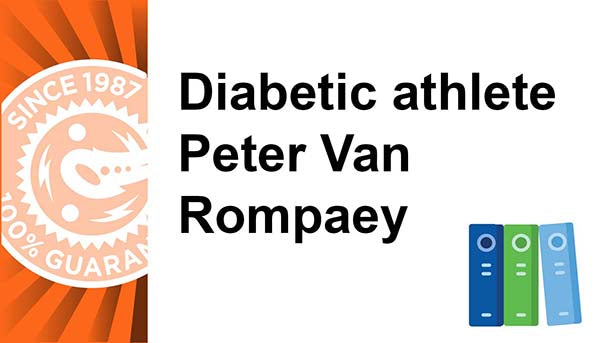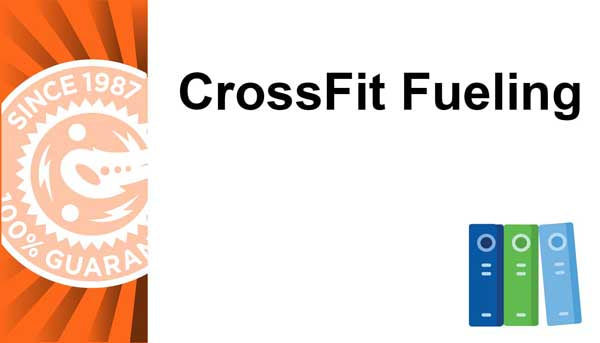
Chill! Don't let summer conditions cramp your style
BY RACHEL PELC
Most athletes know that training and racing in hot weather requires far more than drinking an extra bottle of water. To maximize the benefits of your hard work, remember these performance-boosting tips as the temperatures rise.
Secret #1: Replenish electrolytes completely. Sodium isn't the only electrolyte your body loses when training in hot weather. Calcium, magnesium, and potassium must also be replenished for the body to function properly. In the heat, your body must sweat more to keep your internal temperature at a normal level. According to Chantal A. Vella, M.S. and Len Kravitz Ph.D. of the UNM, "during moderate to high-intensity exercise of greater than one hour, the electrolyte loss in sweat becomes significant, and the sweat rate is too fast for re-absorption of electrolytes," hence the need to supplement the lost nutrients.
Secret #2: Don't skimp on nutrition; supplement wisely. When temperatures rise, appetite often goes down. Diet alone cannot provide your body with all of the nutrients it needs, especially now, as intense exercise demands even higher levels of nutrients. Consuming quality supplements is critical for strong athletic performance and health. When reviewing supplement labels, keep in mind the difference between RDI (Recommended Daily Intake, shown on most labels) and ODI (Optimal Daily Intake). ODI represents a higher level of nutrients recommended for daily consumption. ODI is more in-line with what an endurance athlete requires. Consider RDI amounts as minimal requirement for proper body functioning.
Secret #3: Maintain your H2O-Zone. Most athletes, under most conditions, can satisfy their hydration needs with a fluid intake of 20-25-ounces/hour. Lighter athletes and/or athletes exercising in cool weather conditions may only require 16-18 ounces/hour. Larger athletes and/or athletes exercising under very hot and humid conditions can consider a fluid intake of 28 ounces/ hour, and perhaps up to 30 ounces/hour in extreme conditions. Remember that regular fluid intake of more than 30-34 ounces hourly significantly increases the potential for serious performance and health problems.
Secret #4: Steer clear of heat-generating foods. Your body digests foods differently, depending on the content of the specific food. Some foods can actually raise or lower your internal body temperature. Cooling foods include fresh produce with a high water content, such as cucumber or watermelon. Watermelon, for example, consists of nearly 90% water, making it easy to digest and cooling to the body. Warming foods include high fat foods and root vegetables. These foods require more energy to digest and raise your internal temperature. Spicy foods can be viewed as both heating and cooling. Hot peppers, for instance, stimulate your circulatory system and raise your body temperature. Very spicy foods also can cause you to sweat; but as sweat evaporates, it cools the skin, helping to decrease your internal temperature.









